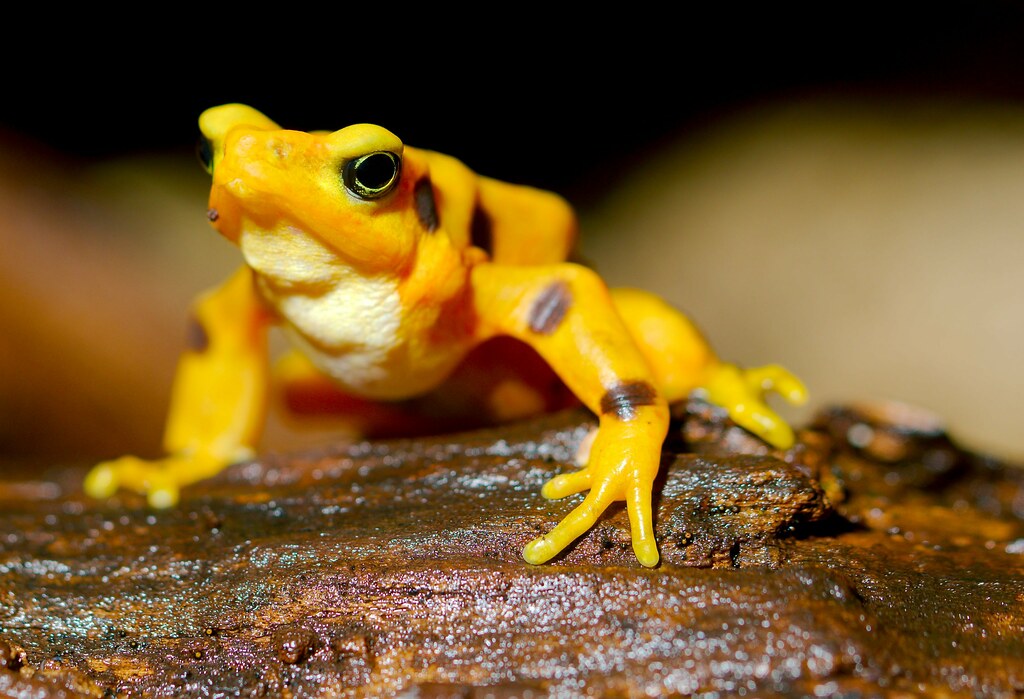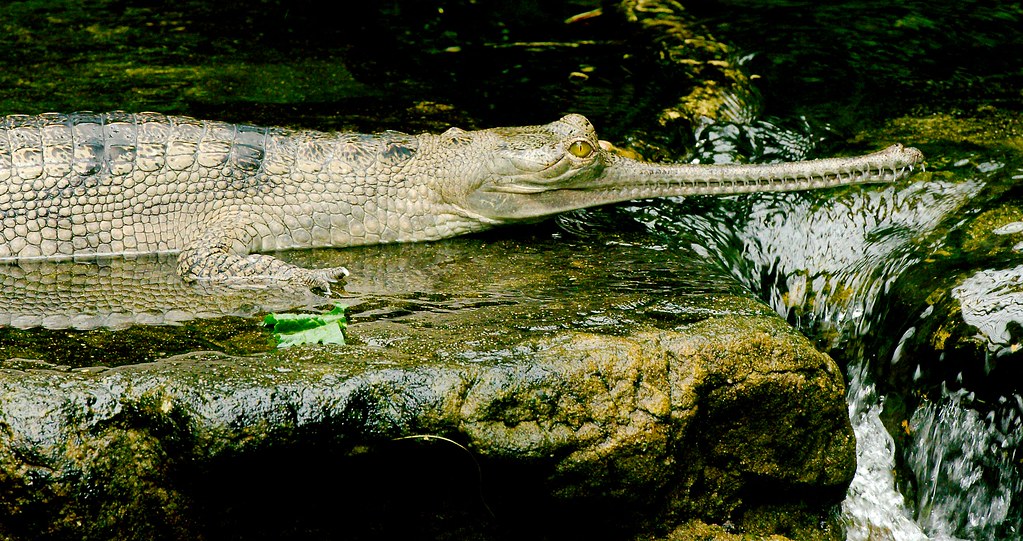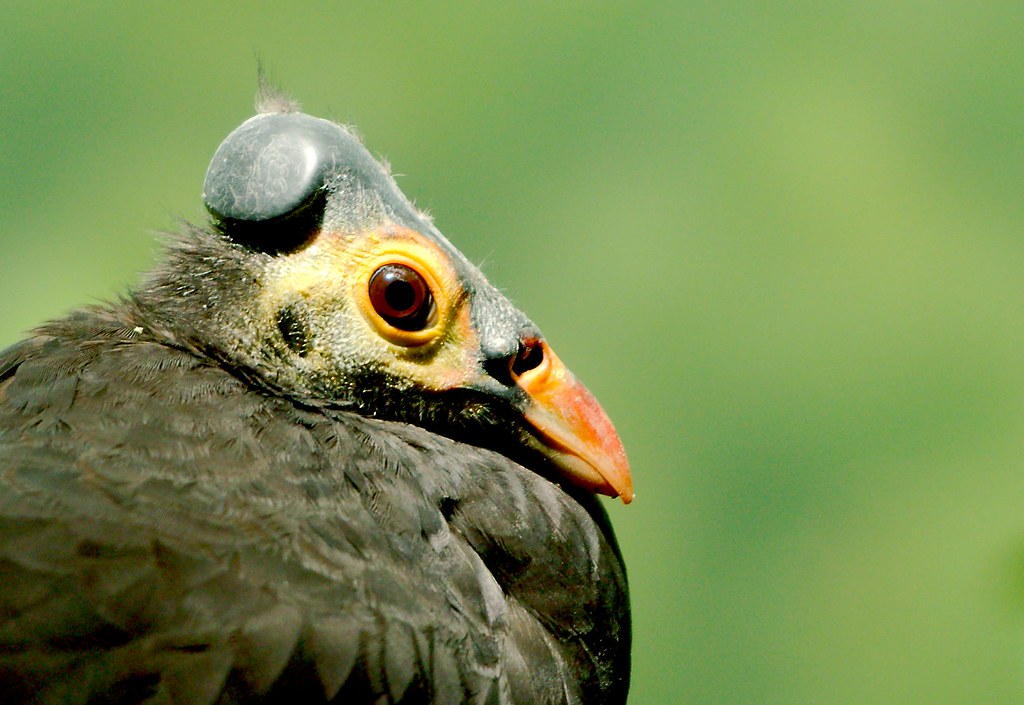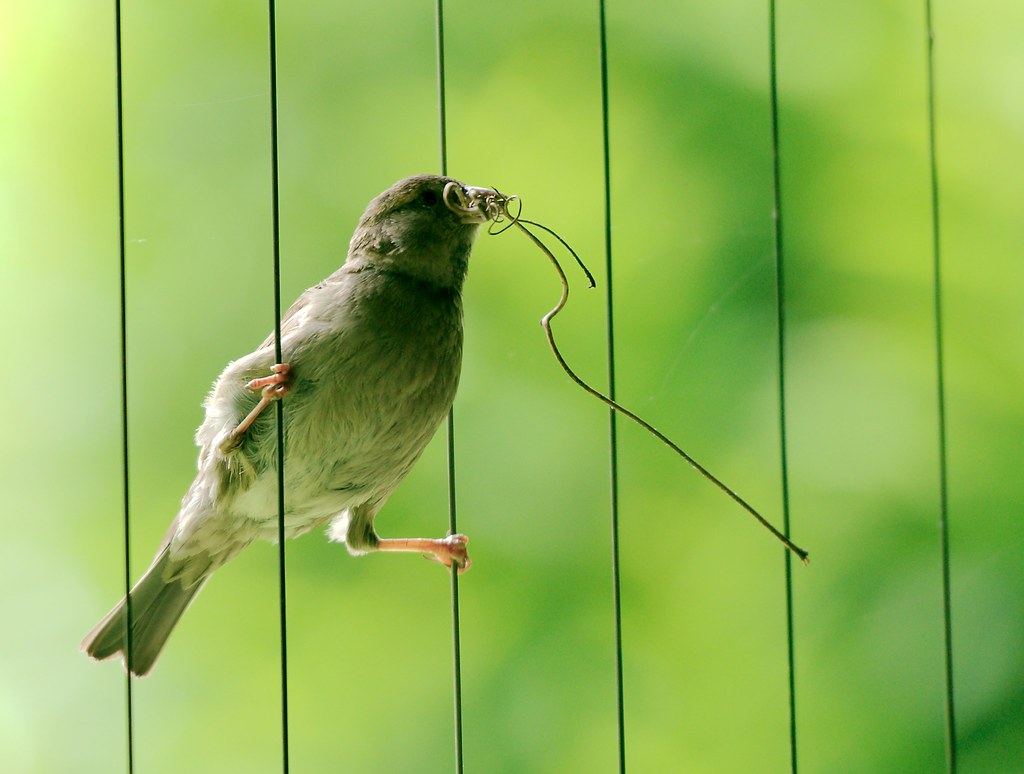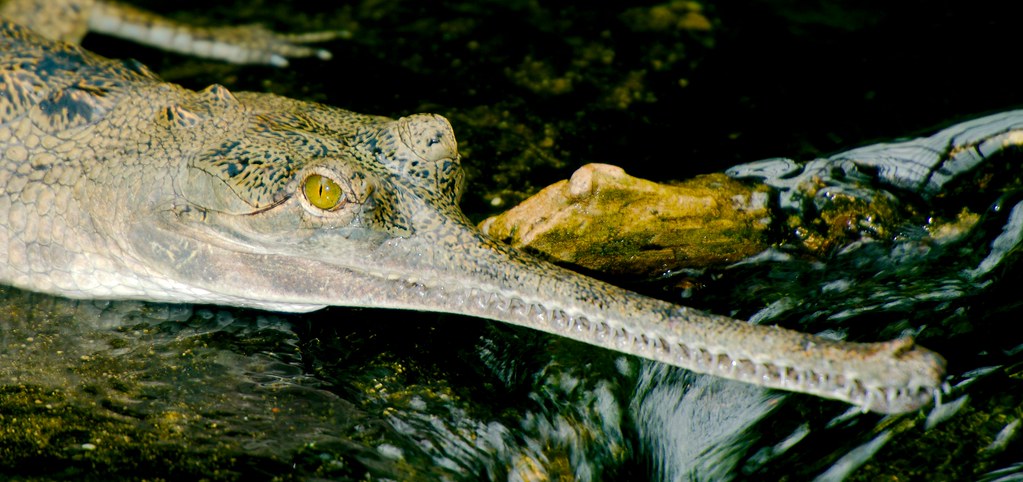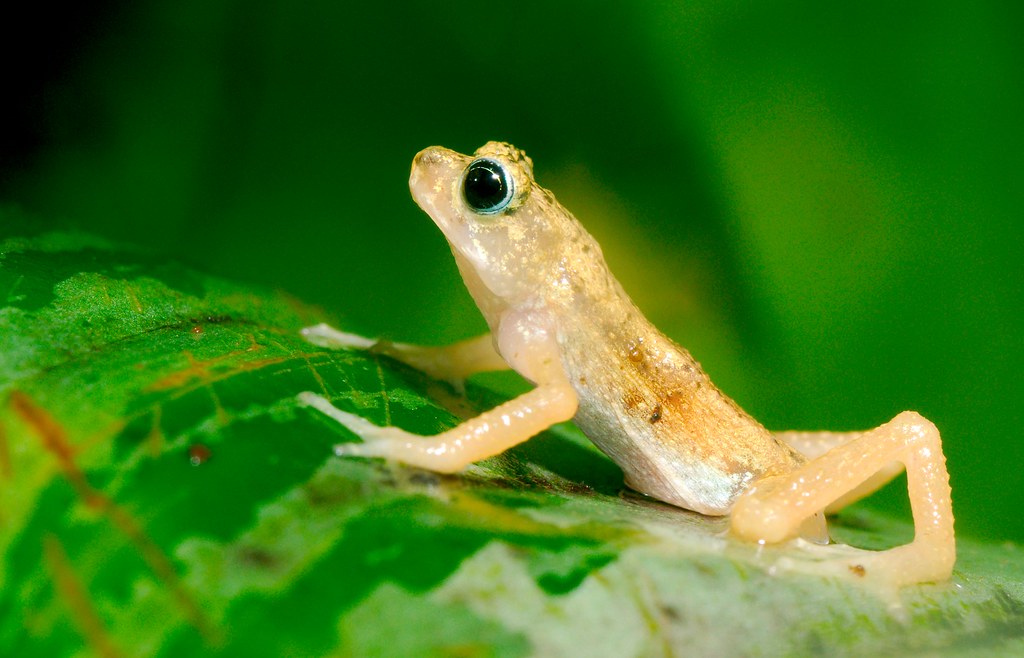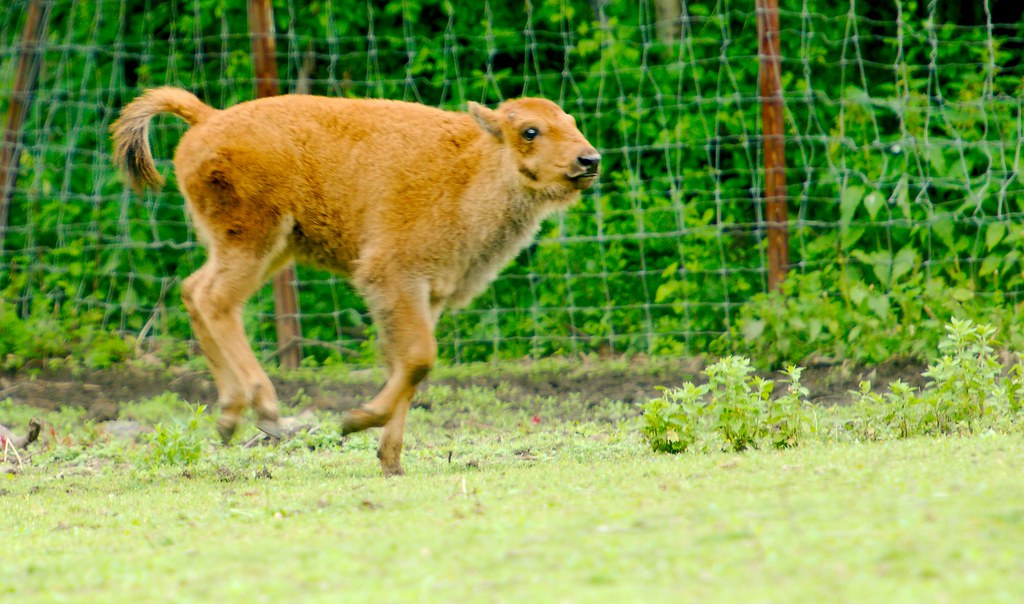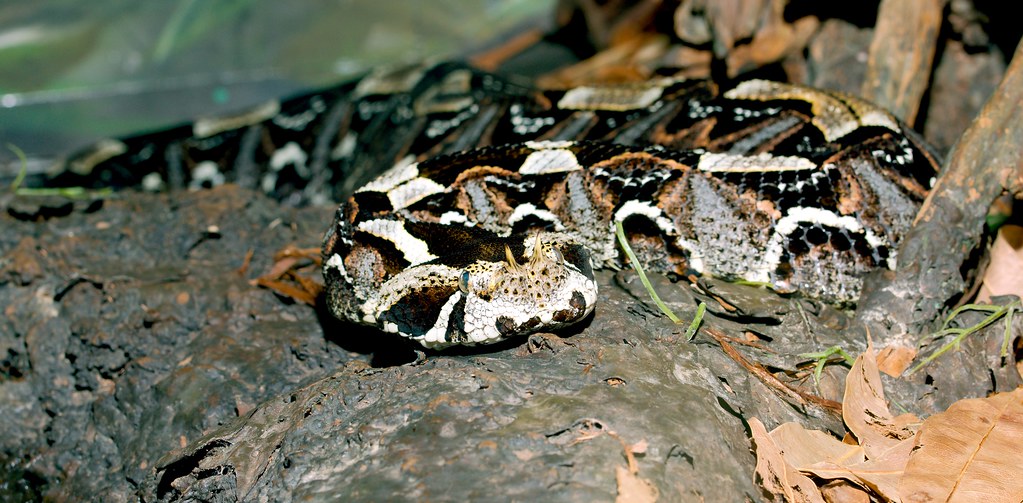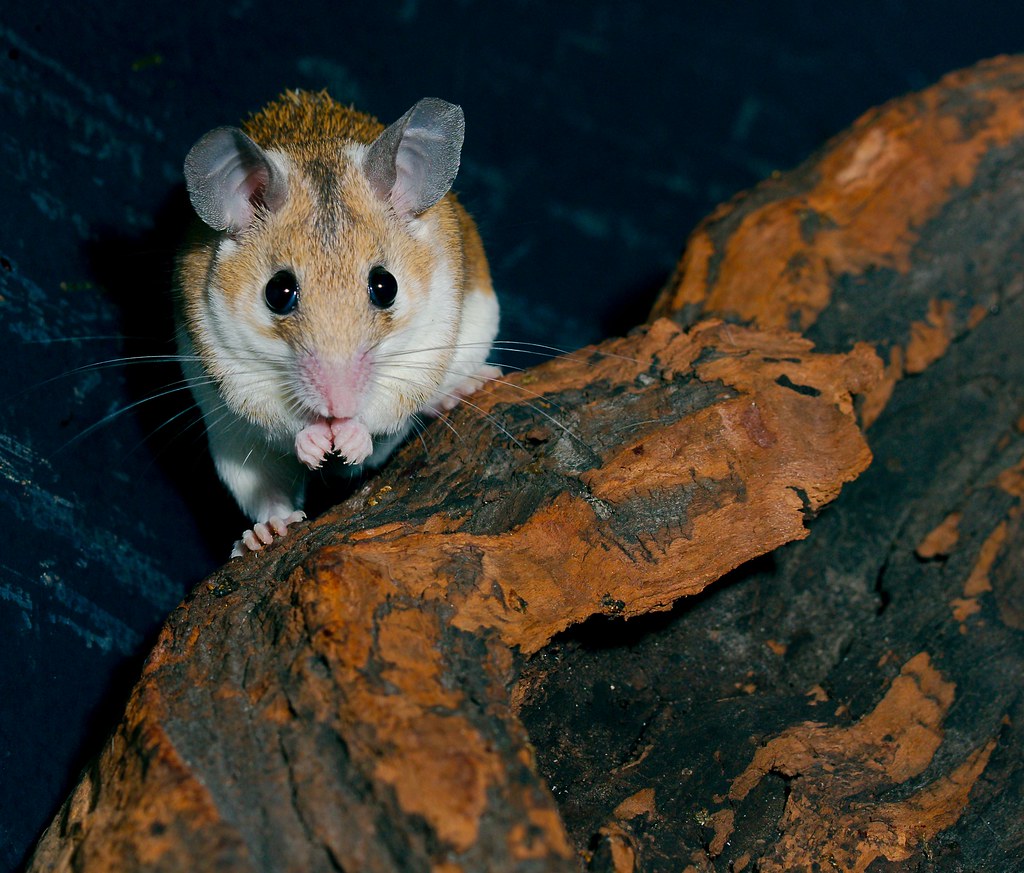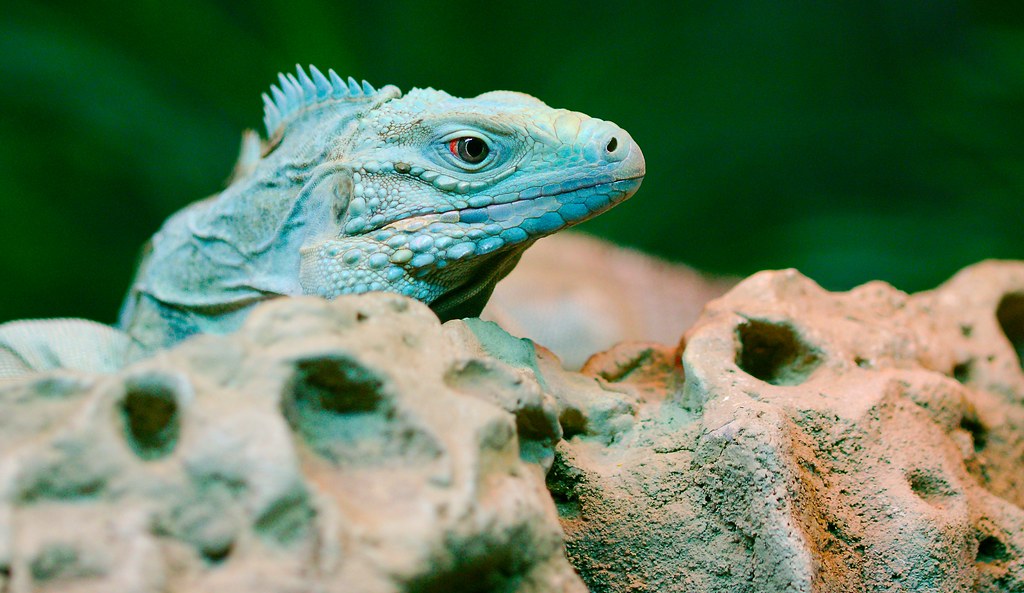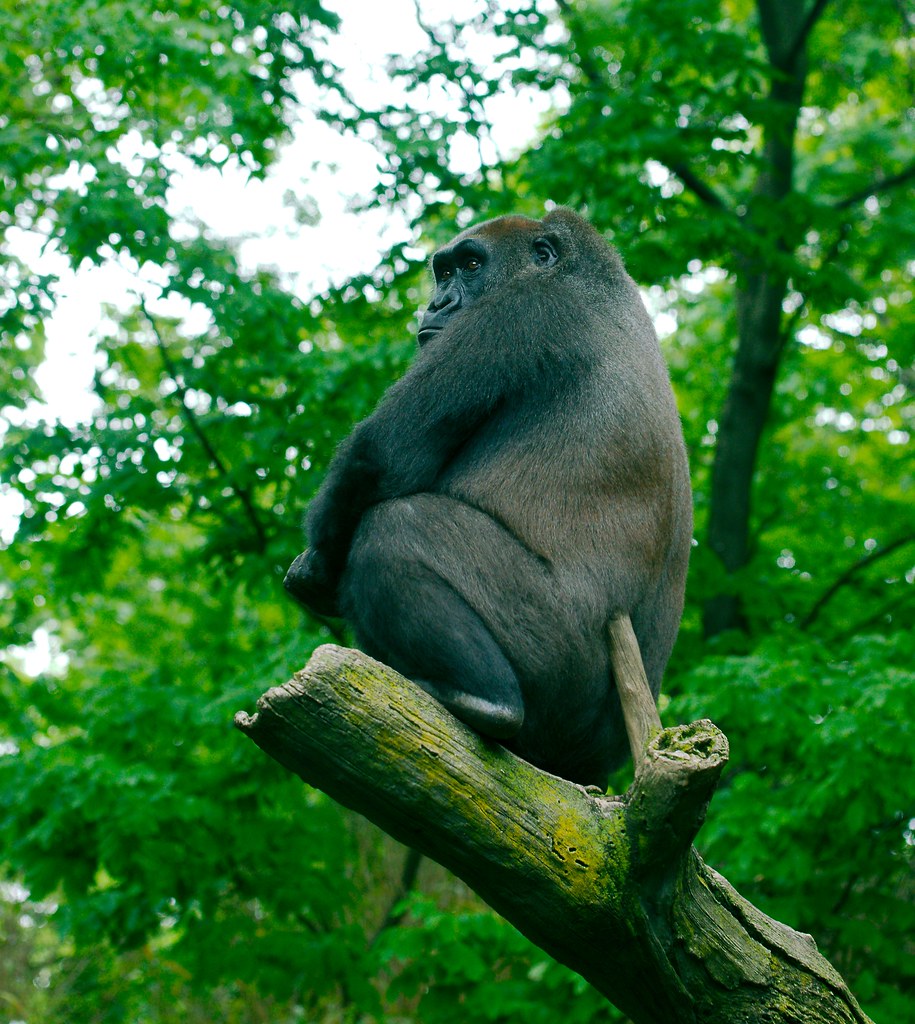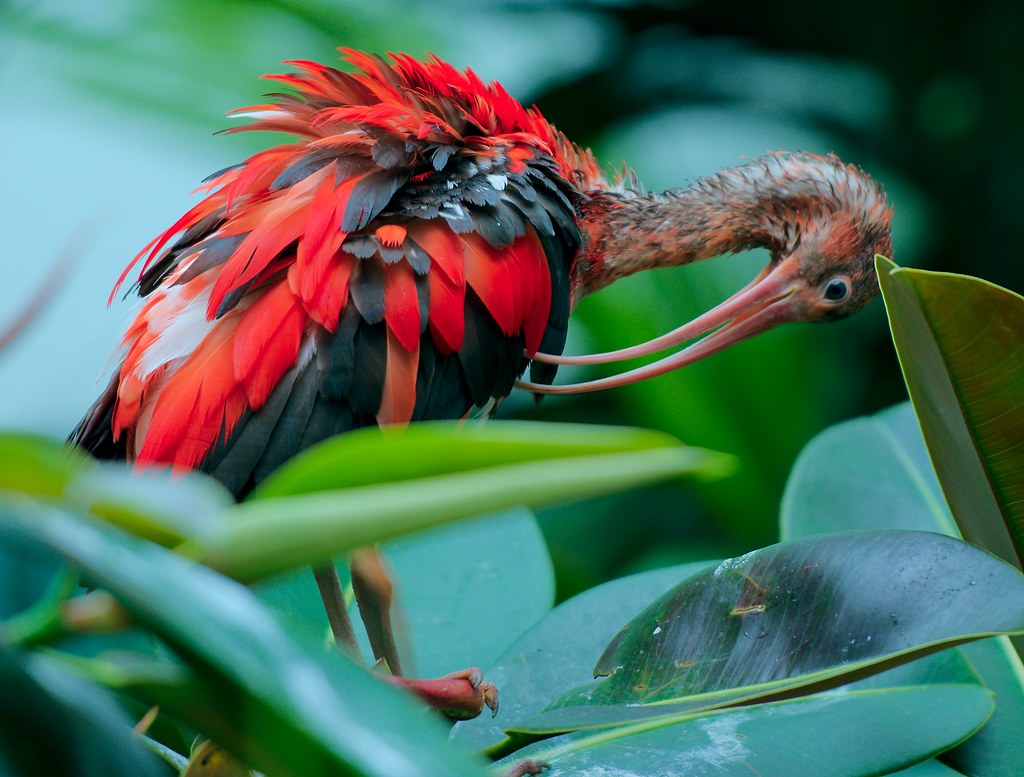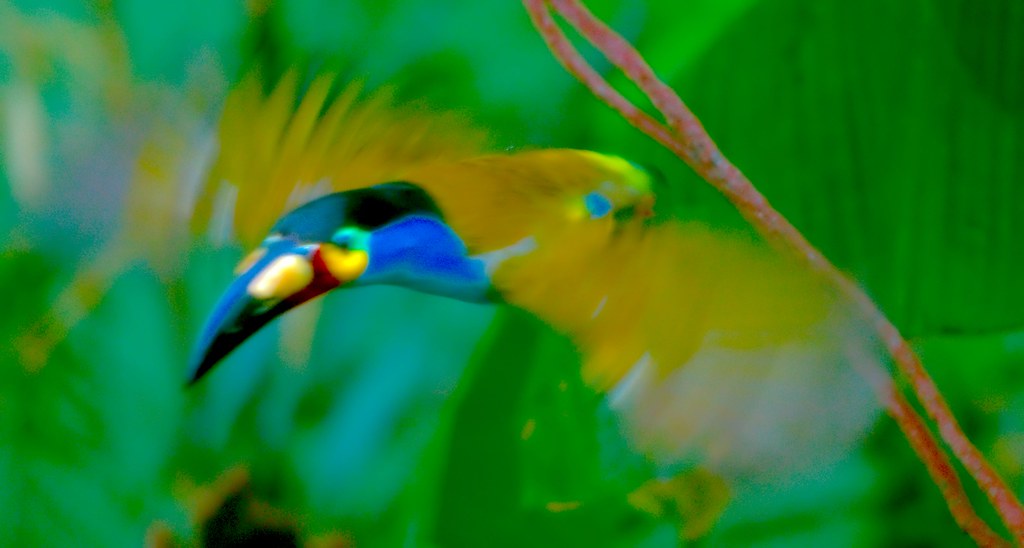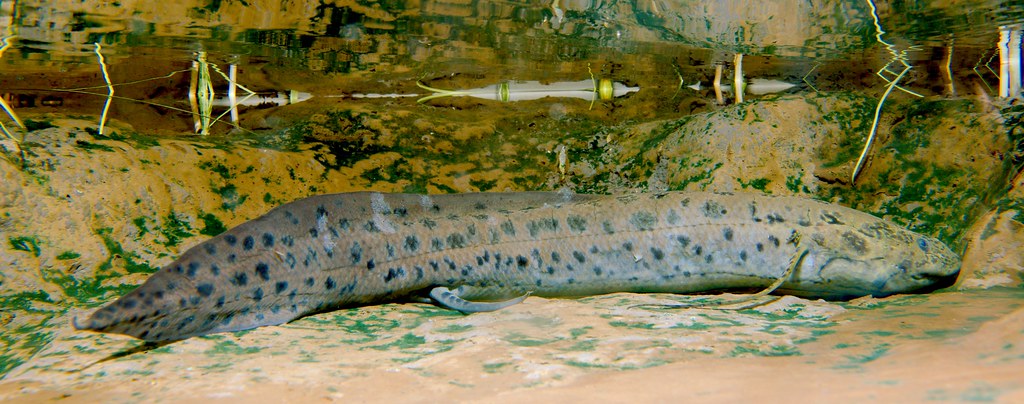This animal is extremely poisonous, producing, among other things, zetekitoxin AB. This is a tetrodotoxin compound that blocks voltage-dependent sodium channels. You’d think, from that name, that if you accidentally touched one of these guy, you could treat it by eating salt and increasing your body voltage. This is not true. Were you to do this, all you would do is confuse the medical examiner as to whether you were poisoned, electrocuted, or choked on a pretzel.
Tag Archives: Bronx Zoo – New York
Gharial
American Bison
The bison has an udder where milk is only released when the young calf slams into it with their head. So when you visit a field when the babies are young, you see lots and lots of little bison headbutting their mothers so they can have lunch.
In other words, all the boys bring the milk shake to the yard.
Maleo
Bird
Gharial
Gibbon
Kihansi Spray Toad
This is the other animal I went to the Bronx zoo to see. This is the Kihansi spray toad, native to a an area at the base of the Kihansi River waterfall in Tanzania. Their entire habitat was less than 0.0077 square miles.
In 1999, Tanzania built a dam across the Kihansi, which reduced the amount of water going through the waterfall, which reduced the overall amount of spray that created a moist enough environment for them. A sprinkler system was added to help keep them alive, but in 2003, the system broke at the same time that the chytrid fungus showed up in that area and the dam was flushed, which released pesticides into their environment. In 2004, they became extinct in the wild. We are fortunate that they breed well in captivity.
Today, the Bronx zoo is one of the only places on the planet where you can see them. The others are: the Toledo Zoo, the Chattanooga Zoo, the Detroit Zoo and the Henry Doorly Zoo in Omaha.
American Bison
Crimson Rumped Toucanet
Gabino Viper
Little Penguin
Pelican
Maleo
More than a year ago, I won a special guided tour of the Bronx zoo at a fund raiser for another zoo. Actually using that tour voucher turned out to be incredibly difficult, with me going through three different people at the Bronx Zoo until I got one that stayed working there long enough to actually get things scheduled and solid until I actually got there. However, once I got to that point, things were great.
As most of you know by now, I am most interested in seeing as many of the critically endangered species as I can before they are (inevitably, I feel) gone. Thus, I’m a bit difficult as a zoo guest, because I don’t really care about the big impressive animals. I mean, don’t get me wrong, tigers are pretty awesome … but I’ve seen a *lot* of tigers by now. No, when I go somewhere new, I want to see that zoo’s pet projects – the animals I can’t see anywhere else (sometimes literally; some species are extinct in the wild and only exist at a single zoo). I am also interested in zoo history, but mostly, it’s about the weird, rare, little critters.
This is the maleo. These birds are from Indonesia where, fortunately, they are protected. However, their numbers are dropped and the last census – taken over a decade ago – had them pegged at 4,000-7,000 breeding pairs. Fortunately, conservation breeding is working, and we’re getting more of them out there, now that we know how.
What’s with the “know how” bit? Birds are birds, right?
Well … you know bird eggs have to be kept at a certain temperatures if you want little birds to pop out of them? You know how most birds sit on their eggs, with a few weird ones choosing to incubate in compost piles like alligators do? Not the maleo.
Nope, these critters live in Indonesia, which are volcanic islands … so these birds incubate in hot lava. Well, hot as compared to air temperature. It’s quite cool lava compared to, well, lava. Okay, they lay their eggs near thermal vents that are heated by lava, but it’s practically the same thing, right?
